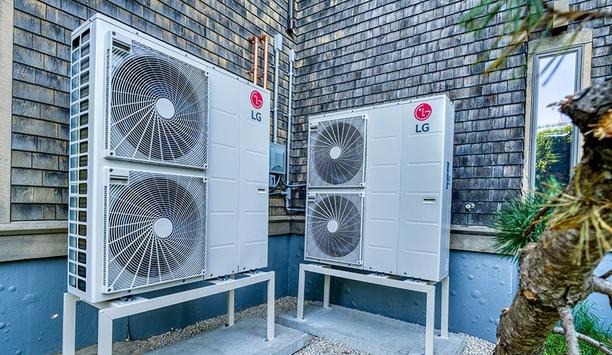QM Power and Purdue University announced findings from part one of a two-part study on the impact of QM Power motor technology on the efficiency (SEER) in residential HVAC systems and heat pumps.
The result was a significant SEER increase of 1 on the 21-point scale. This announcement was made at the 12th International Conference on Compressors and their Systems by John Brehm of Purdue University and Dave Augustine, VP of Product Management and Engineering for QM Power.
two-part study
The focus of the two-part study is to identify how much residential HVAC and heat pump SEER can be increased by using a more efficient evaporator blower motor and condenser fan motor. Part one was a simulation while part two, currently underway, will include actual residential heat pump hardware.
Both studies use QM Power’s proprietary Q-Sync® Permanent Magnet Synchronous Motor.
Dave Augustine of QM Power states, “Using Q-Sync® motors is a straightforward path for a manufacturer to improve the SEER of their HVAC system to comply with 2023 energy efficiency standards.”
SEER improvements
This study quantifies the impact that Q-Sync® technology makes on total HVAC system design
Improvements in SEER are notoriously difficult to achieve. Normally, several components such as condensers, controls, and compressors require improvement leading to increased costs, heat, and electrical draw from the grid.
This study quantifies the impact that Q-Sync® technology makes on total HVAC system design without the addition of other components.
energy efficiency
Part one of the study was conducted from November 2020 to February 2021 by Purdue’s Dr. Eckhard Groll, the William E. and Florence E. Perry Head of Mechanical Engineering and Reilly Professor of Mechanical Engineering, by Davide Ziviani, Assistant Professor of Mechanical Engineering and Associate Director of the Center for High-Performance Buildings, and by John Brehm, Master’s Degree Candidate.
According to Dr. Groll, “The simulation results of the theoretical Phase 1 project clearly showed that significant increases in energy efficiency are possible when using improved electric motors and drives. Based on these most promising results I have the utmost confidence that we will show significant energy savings in Phase 2.”
















